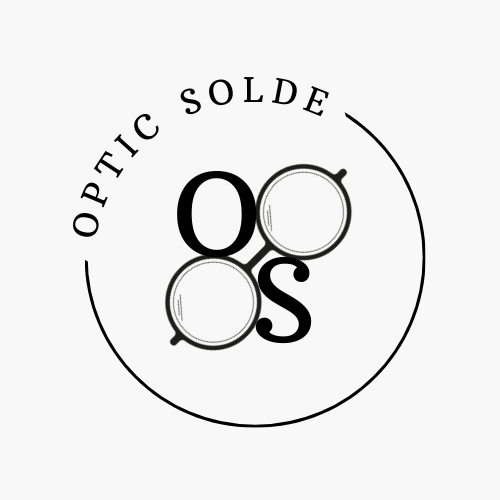The Role of 3D Printing in Modern Eyewear Production
In recent years, 3D printing has revolutionized various industries, and one area where it has had a significant impact is in the production of eyewear. Traditionally, eyewear manufacturers relied on traditional manufacturing processes which were time-consuming, costly, and lacked flexibility. However, the emergence of 3D printing technology has enabled eyewear designers and manufacturers to create innovative and unique designs, improve customization options, and streamline the production process. In this article, we will explore the role of 3D printing in modern eyewear production and how it has transformed the industry.
I. Design Freedom and Customization
One of the primary advantages of 3D printing in the eyewear industry is the freedom it offers in terms of design and customization. With traditional manufacturing methods, eyewear designs were limited by the constraints of molds and standardized components. However, 3D printing eliminates these limitations by enabling designers to create intricate and complex designs that were previously impossible to achieve. This has given rise to a new era of eyewear, where avant-garde and personalized designs are becoming more popular.
Moreover, 3D printing allows for greater customization options. It enables the creation of personalized eyewear that perfectly fits an individual’s unique facial characteristics. Through 3D scanning, precise measurements of a person’s face can be obtained, and the eyewear can be tailored accordingly. This level of customization not only enhances comfort but also ensures better vision as the eyewear is optimized for the individual’s specific needs. It also opens up the possibility of incorporating special features like embedded electronics or sensing devices for specific applications, such as smart glasses for augmented reality.
II. Streamlining the Production Process
Another significant role of 3D printing in modern eyewear production is streamlining the manufacturing process. Traditionally, producing eyewear involved multiple steps, including molding, cutting, assembly, and finishing. This not only resulted in a time-consuming process but also led to material wastage and increased costs. However, 3D printing eliminates the need for many of these steps by directly printing the eyewear frame in a single piece, eliminating the need for assembly.
By using a 3D printing technique called selective laser sintering (SLS), manufacturers can produce eyewear frames using a fine powdered material, such as nylon. The powdered material is selectively fused together layer by layer using a laser, creating a solid object. This additive manufacturing process not only reduces material wastage but also enables the production of complex structures that can be stronger and more lightweight than traditional frames. Additionally, the streamlined process allows for faster production times, reducing the time from design to market significantly.
Bullet List: Other Benefits of 3D Printing in Eyewear Production
– Cost-effectiveness: 3D printing eliminates the need for expensive molds and reduces material wastage, resulting in cost savings for manufacturers.
– Sustainability: With 3D printing, manufacturers can minimize material wastage and energy consumption, contributing to a more sustainable production process.
– Iterative Design: 3D printing enables designers to quickly iterate and refine their designs without incurring additional costs or delays.
– On-demand Production: With 3D printing, manufacturers can quickly produce eyewear on-demand, minimizing inventory costs and enabling a more efficient supply chain.
– Accessibility: 3D printing technology has made eyewear production more accessible to small-scale manufacturers and designers, increasing competition and fostering innovation.
In conclusion, the role of 3D printing in modern eyewear production cannot be overstated. From design freedom and customization to streamlining the manufacturing process, this technology has brought about significant advancements in the industry. As 3D printing continues to evolve, we can expect even more innovative and tailored eyewear designs in the future.
